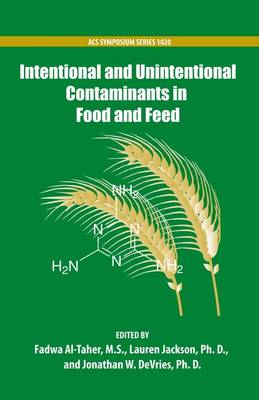Assurance of the safety and quality of foods requires the constant vigilance of scientists (and others) in the food supply chain to the potential presence of contaminants. Most frequently, contaminants are naturally incurred, e.g. mycotoxins resulting from mold growth, minerals of concern from soils in which the food is grown, and pathogenic microbes. Scientists worldwide have developed programs and analytical methods to minimize the negative impacts of naturally
occurring contaminants on humankind. More insidious perhaps, is the intentional adulteration of foods by addition of non-inherent materials (either as a substitution for an authentic component, or simple addition) for economic gain, i.e. increasing the perceived, and thus the sales value of the food.
Often these substitutions do not result in a food safety issue per se (there may be nutrition impact); however, numerous instances have surfaced wherein the economic adulteration resulted in a negative safety impact to the food supply. Melamine is an example of a macroscale adulterant, used to increase the analytically derived protein quantity of a food protein source. In as much as melamine will equate to roughly 400% protein utilizing current analytical technologies used for trade, adding
small amounts along with other non-proteinaceous materials can result in an adulterated protein ingredient or product meeting the full certificate of analysis claims. Sudan dyes are an example of a microscale adulterant, added in small quantity to ingredients such as paprika or dried chili peppers to
enhance the color, and thus the perceived value of the ingredient. This book defines or highlights some of the issues with natural contamination and economic adulteration and the response of the food community to these issues to minimize negative impacts to the food supply.
- ISBN10 0841269793
- ISBN13 9780841269798
- Publish Date 15 April 2010
- Publish Status Active
- Publish Country US
- Imprint Oxford University Press Inc
- Format Hardcover
- Pages 304
- Language English
